
10 Brilliant and Budget-Friendly Pet Hacks to Make Life Easier
Caring for pets doesn’t have to be expensive or stressful—these 10 easy hacks make life better for you and your furry friends!
Inflammation is your body's natural response to injury or infection—it helps protect and heal you. However, when inflammation becomes chronic, it can silently damage healthy tissues and organs, increasing the risk of serious health conditions such as heart disease, diabetes, arthritis, and certain cancers. The good news is that small, manageable lifestyle changes can dramatically reduce chronic inflammation and improve your overall well-being.
In this comprehensive guide, we explore evidence-based habits you can incorporate daily to keep inflammation in check and promote long-lasting health.
Why Managing Inflammation Matters
Inflammation is a double-edged sword. Short-term (acute) inflammation is essential for healing—your immune system sends cells to fight infection and repair tissue. But when inflammation persists (chronic inflammation), it causes ongoing tissue damage and can lead to a host of diseases.
1. Prioritize Quality Sleep: The Foundation for Healing
Lack of sleep can exacerbate inflammation. Research published in the journal Sleep highlights that sleep deprivation increases inflammatory markers like C-reactive protein (CRP) and cytokines.
How to improve:
Aim for 7 to 9 hours of restful sleep every night. Establish a consistent sleep schedule by going to bed and waking up at the same times daily. Limit screen exposure at least an hour before bedtime, and create a cool, dark, and quiet sleeping environment.
2. Move Your Body: Exercise as an Anti-Inflammatory Agent
Regular physical activity helps lower inflammation by reducing fat mass and releasing anti-inflammatory cytokines.
Even a brisk 20-minute walk can reduce inflammatory responses, according to the American Heart Association.
Goal:
Strive for 150 minutes of moderate exercise per week (e.g., brisk walking, cycling). If you’re new to exercise, start with shorter bouts and gradually increase duration.
3. Harness the Power of Spices
Certain spices contain compounds with anti-inflammatory properties:
Turmeric: Contains curcumin, which inhibits inflammatory pathways.
Ginger: Shown to reduce muscle pain and inflammation.
Cinnamon, rosemary, and cumin also provide antioxidant and anti-inflammatory benefits.
Incorporate these into meals regularly. For example, add turmeric to soups or smoothies, or sprinkle cinnamon on oatmeal.
4. Consider Intermittent Fasting
Emerging studies suggest intermittent fasting (restricting food intake to certain hours) can reduce inflammation and improve metabolic health.
A common method is the 16:8 schedule—eating only during an 8-hour window (e.g., 10 a.m. to 6 p.m.). This pattern may lower markers linked to inflammation such as IL-6 and TNF-alpha.
Consult your healthcare provider before starting fasting, especially if you have chronic conditions.
5. Eat Plenty of Leafy Greens and Colorful Vegetables
Dark leafy greens like kale, spinach, and collard greens are rich in antioxidants and polyphenols, compounds that combat oxidative stress and inflammation.
The USDA recommends at least 1.5 cups of dark green vegetables weekly for women and 2 cups for men.
Add a variety of colorful veggies—broccoli, Brussels sprouts, and bell peppers—to your meals for a broad spectrum of nutrients.
6. Practice Mind-Body Techniques Like Yoga
Yoga combines physical movement, breath control, and meditation, all of which help reduce stress—a key driver of inflammation.
Research in the Journal of Alternative and Complementary Medicine found that regular yoga practice decreases cortisol levels and inflammatory markers, improving immune function.
Start with beginner-friendly classes or even 10-minute daily stretching routines paired with deep breathing.
7. Limit Alcohol Intake
Excessive alcohol raises toxin levels in the body, triggering inflammation that damages tissues and organs.
Moderate drinking is key: the CDC advises no more than one drink per day for women and two for men.
If you don’t drink, there’s no need to start. If you do, stay mindful of your limits.
8. Adopt an Anti-Inflammatory Diet
Swap processed, fried, and refined carbohydrate-rich foods for those that fight inflammation:
Fruits like blueberries and cherries
Nuts such as almonds and walnuts
Legumes including lentils and beans
Fatty fish like salmon, rich in omega-3 fatty acids
The Mediterranean diet exemplifies this approach and has been shown to reduce inflammatory markers and lower heart disease risk.
9. Achieve and Maintain a Healthy Weight
Excess fat, particularly around the abdomen, produces inflammatory chemicals called adipokines. Losing even a modest amount of weight can lower inflammation and improve health.
Consult your healthcare provider or dietitian for a personalized plan.
10. Sip on Green Tea
Green tea contains polyphenols—antioxidants that fight free radicals causing inflammation.
Replacing a daily cup of coffee with green tea once or twice a week can be beneficial, without sacrificing caffeine altogether.
11. Quit Smoking
Smoking introduces toxins that trigger chronic inflammation, accelerating the risk of heart and lung disease.
Deciding to quit is one of the most impactful choices you can make for your health. Seek support from healthcare professionals and cessation programs.
12. Manage Stress Effectively
Chronic stress increases inflammatory hormones like cortisol.
Incorporate stress reduction techniques such as meditation, journaling, or spending time in nature.
Putting It All Together: Building an Inflammation-Reducing Lifestyle
Consistency is key. Combining these habits—balanced diet, quality sleep, regular movement, and stress management—creates a powerful defense against chronic inflammation.
Start small: add an extra serving of greens today, try a new spice this week, or take a short walk after meals.
When to See a Doctor
If you experience persistent inflammation symptoms—joint pain, fatigue, digestive issues—consult your healthcare provider for evaluation and guidance.

Caring for pets doesn’t have to be expensive or stressful—these 10 easy hacks make life better for you and your furry friends!
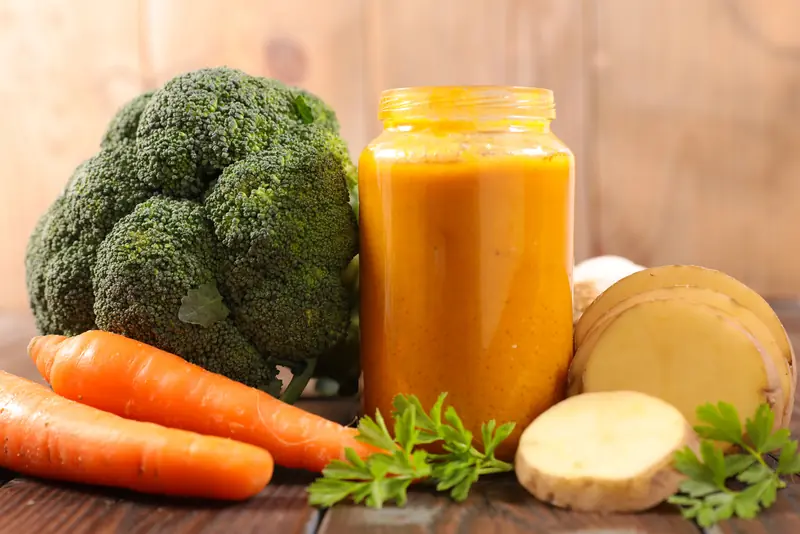
Certain foods can naturally help your body fight parasites while a holistic approach offers personalized care.

Feeling stuck in a rut? It’s time to reclaim your motivation and unlock your full potential.

Master the art of home cleaning by knowing exactly what to clean—and when—to keep your living space fresh and organized effortlessly.
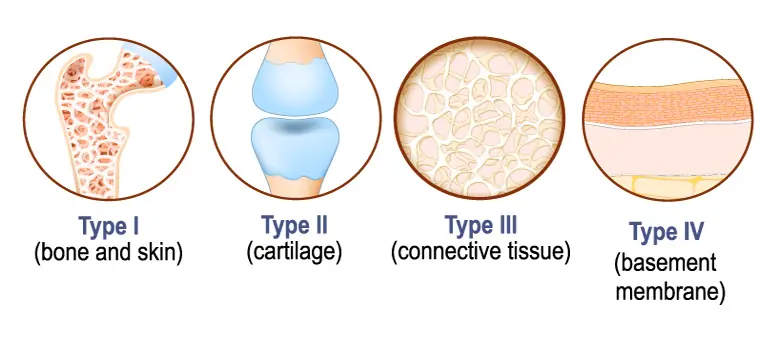
Discover the fascinating story behind collagen types and how they support your body’s health and beauty.

Beat the heat with these nutritious and delicious beverages perfect for tropical climates and sunny days.

Master your cleaning routine by knowing exactly what tasks to tackle—and when—to keep your home fresh and inviting all year round.

Your diet plays a crucial role in immune health—learn which common foods might be harming your defenses and how to strengthen them naturally.
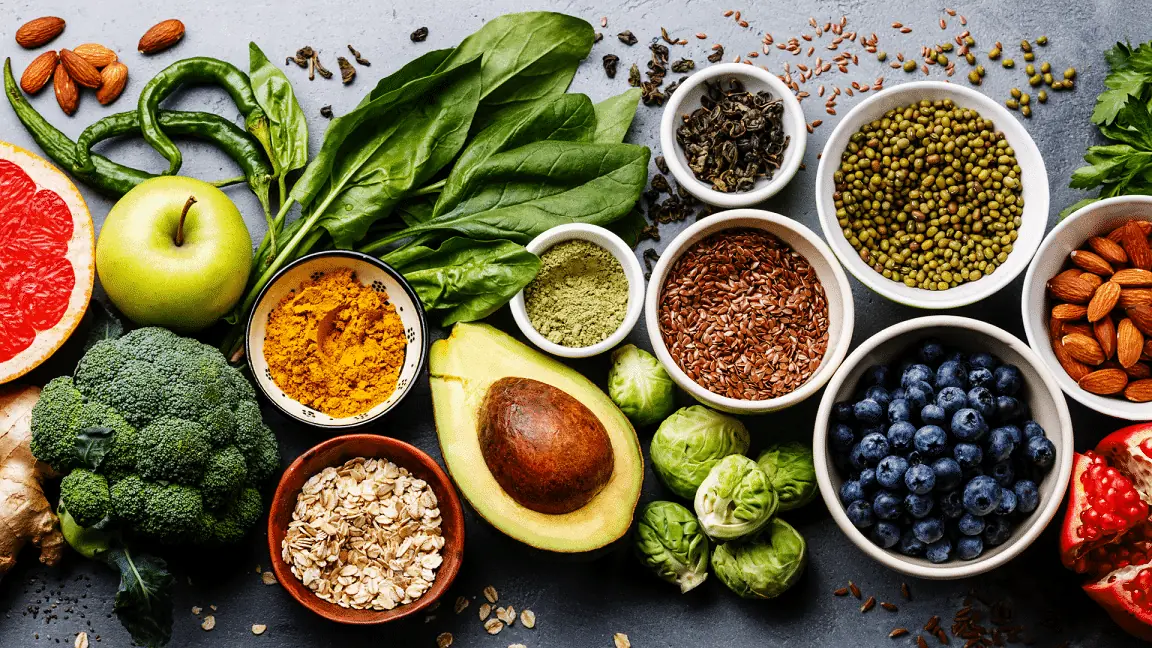
Incorporate these nutrient-packed foods into your diet to maintain electrolyte balance and promote optimal health.
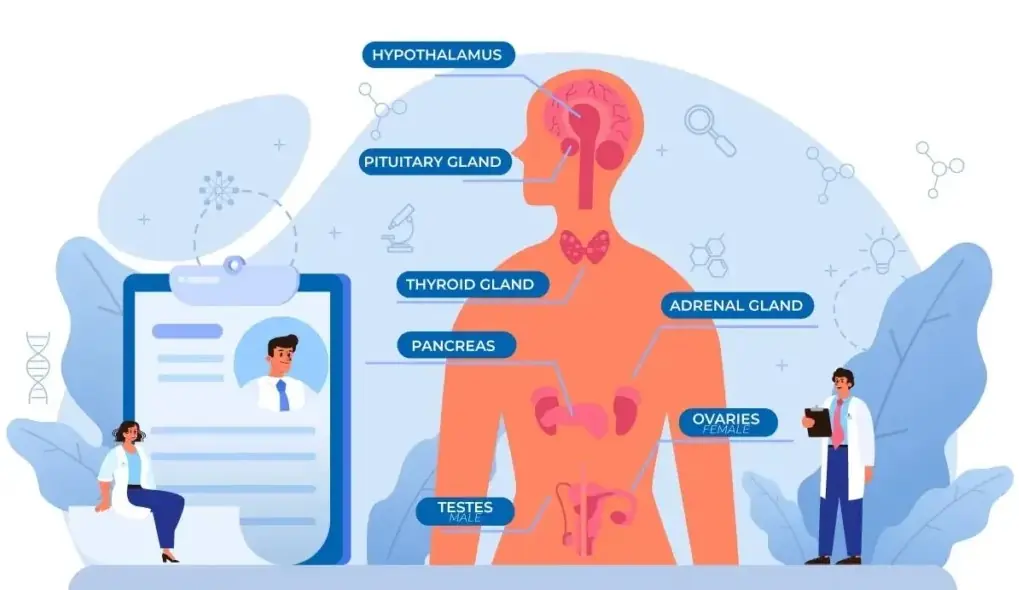
Hormones play vital roles in regulating your body’s functions, affecting both physical and mental well-being.
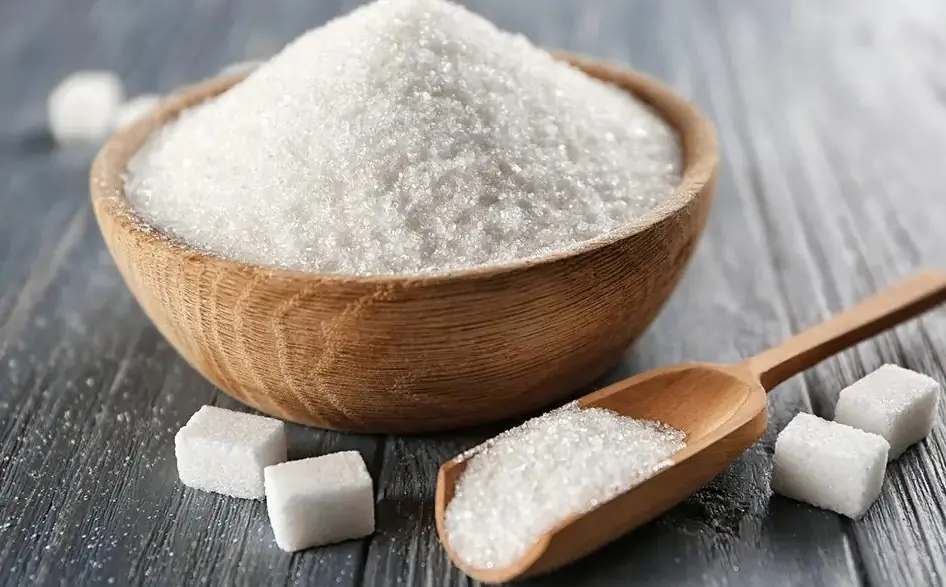
Understanding the wide-ranging effects of sugar can help you make healthier choices and protect your well-being.

Discover how vinegar’s versatility can simplify cleaning, pest control, and even personal care in your daily life.
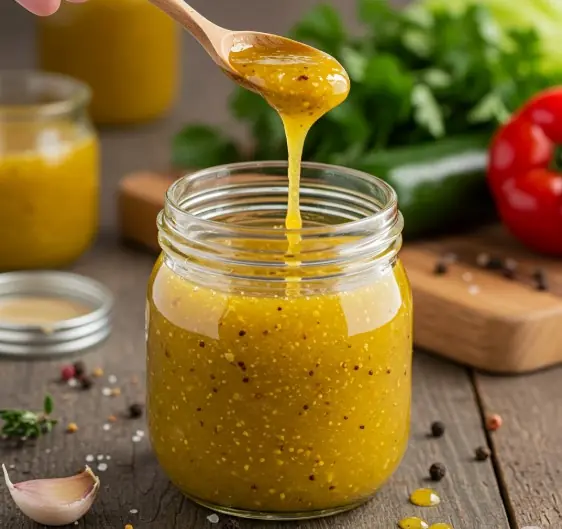
Discover easy homemade vinaigrette recipes that add a burst of freshness and zest to your meals.

Discover simple, effective ways to clean and care for your jewelry at home—no expensive trips needed!

Never let a missing ingredient stop your baking — discover reliable swaps for spices, liquids, flours, and more!

Discover how the perfect marinade can transform simple salmon into a flavorful culinary delight.

Keep your plants thriving by understanding common signs of deficiencies and how to effectively treat them.
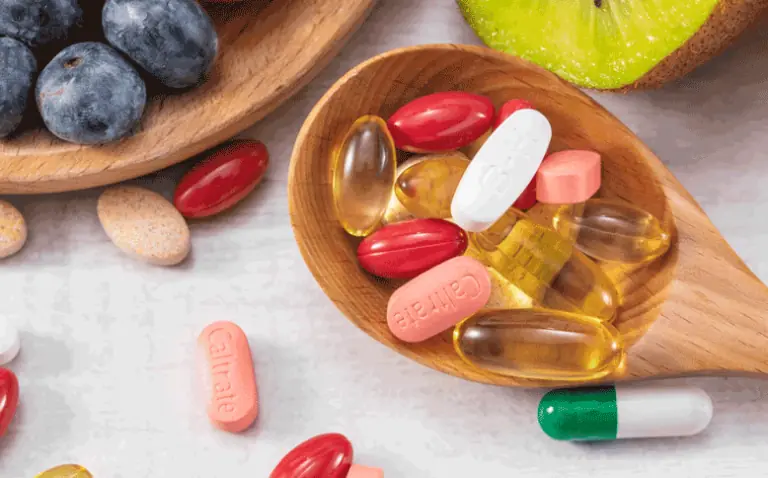
Learn how syncing your vitamin intake with meals and your daily schedule can improve nutrient absorption and boost your health

Discover houseplants that require minimal sunlight and are perfect for darker corners, offices, or rooms with limited natural light.





Caring for pets doesn’t have to be expensive or stressful—these 10 easy hacks make life better for you and your furry friends!

Certain foods can naturally help your body fight parasites while a holistic approach offers personalized care.


A woman’s kind act at T.J. Maxx helps a homeless woman with jeans, thanks to a caring program. Read the story! ❤️🛍️


Feeling stuck in a rut? It’s time to reclaim your motivation and unlock your full potential.

Barbie said David often expresses his love through acts of service and gift-giving.

Feeling invisible in a crumbling marriage, Jennifer plans a surprise getaway for her husband, only to face heartbre@king betrayal. Read how she finds strength and starts anew.

After years of struggle, a young couple finally secures their dream apartment—only to face unexpected family pressure. Discover how standing up for their new home becomes a powerful journey of independence and self-respect.

Tiana's life unravels when she notices a birthmark on her best friend Melisa's adopted son that's identical to the one her deceased son had. As she struggles to understand this impossible coincidence, Tiana uncovers a harrowing truth.

A runaway bride escapes an abu$ive wedding only to uncover a cr:u:el family plot. With unexpected help, she f!ghts for her future and reclaims her life in this gripping, emotional journey of betrayal and hope.



Phoemela’s career began in the world of modeling at just 14 years old. She joined the Pink Soda Club at 13, which paved the way for numerous projects, including commercials locally and internationally.

As of this time, Jimuel has not made any public statements regarding his alleged new romance.
